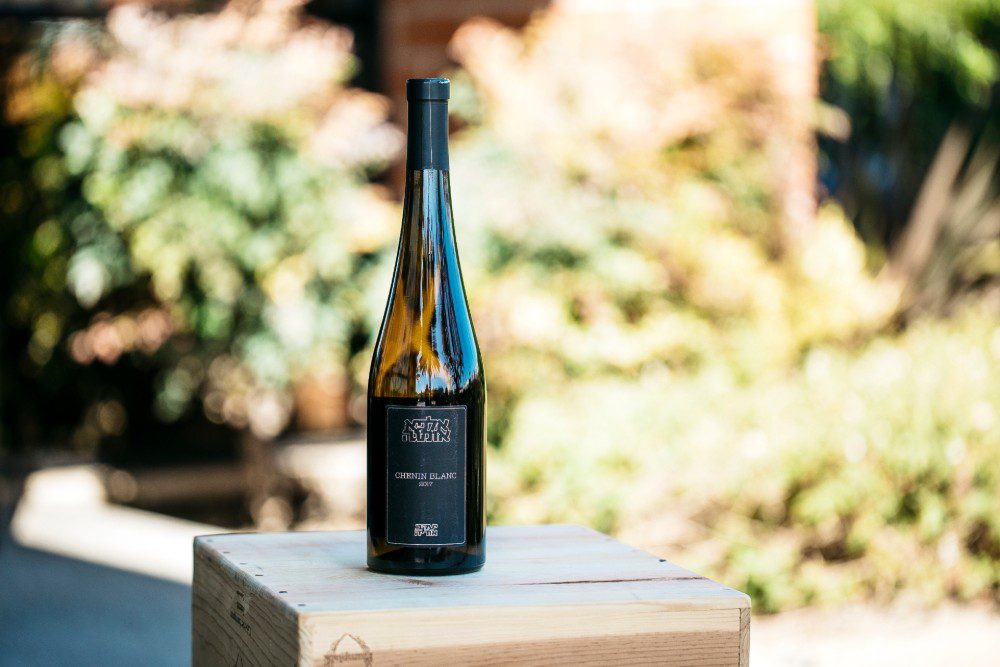I have to admit that I wasn’t sure it was going to work. Our portfolio, chock full of prized wines from the bellwether regions of Bordeaux and Burgundy, would now come to include a class of wines that were considered on the fringe. Some have even called them flawed winemaking, dismissing the genre out of hand as a rogue movement born of mistakes. It was a challenging moment to see what would happen, in our little kosher microcosm of the wine world. And much like the rest of the wine world, it caught on. At this point I’m comfortable concluding: Orange wines are here to stay.
As you may know, orange wines represent the class of white wines that are made with extended skin contact. That is, while most wine grapes are pressed and their juice is fermented after being separated from the skin and pulp, orange wines are pressed and fermented while still being in contact (macerating) with the skin and pulp of the grape. This is more similar to red wine production, than traditional white wine production. Depending on the length of this extended skin contact, the white wine tends to darken over time, and take on an orange/amber color.
While the change in color is gradual, the change in flavor is more pronounced. Skin contact wines may not have the freshness and liveliness of their free run juice counterparts. Rather, the result of the extended maceration is more reminiscent or beer or aged champagne – baked fruits, nuts, baking spice, and beer/oxidation notes. Not fresh enough to make you think of a white, and generally not oxidized enough to recall fortified wines, many of these skin macerated wines can satisfy a sweet spot of complexity and flavor that appeals to a curious audience. It’s a wine that pairs with nothing, and everything, at the same time.
In the broader wine world, it’s no surprise that the sommeliers in hip restaurants and bars are all over this trend, as they might be with respect to any of the latest “next best things” in wine. The early adopters have done their work, and this style is making its way on down. Specifically in the kosher world, I think the barrier to trying new things is much lower. That is because our community as a whole is younger (as a movement) and – get this – less biased. True, the kosher wine public has its hangups and preconceived notions about wine. But they aren’t the same rigid beliefs that are part of the mainstream wine drinking community. For example, many newer kosher drinkers don’t even bother with white wine. So, the idea of orange wine holds a similar degree of curiosity.
I’ve been continually surprised with the immense volumes of positive feedback we’ve received on the skin macerated series of wines form Ya’acov Oryah, one of our partner winemakers from Israel. Having decided to take my own biases out of the process, I pledged to taste and listen with an open mind. The most interesting part of this has been taking the journey to explore this genre with my clients, as opposed to experiencing it for them. The back and forth and comparing of notes has been thought provoking and refreshing. So in conclusion, if this style of wine is converting even the most stiff necked among us, the rest of the wine world can’t be too far behind.



